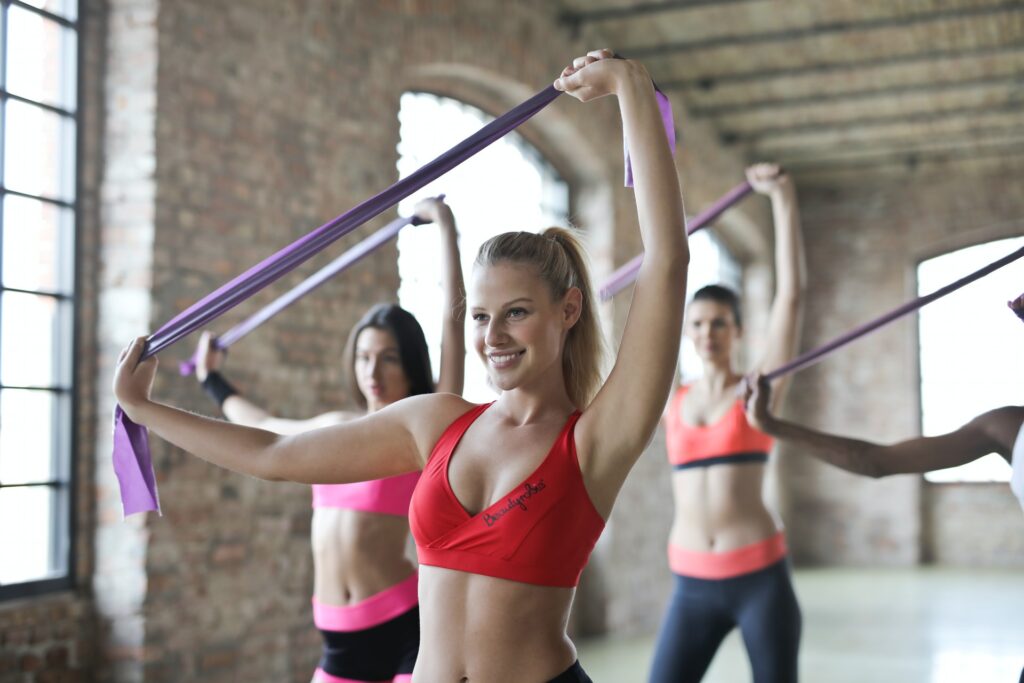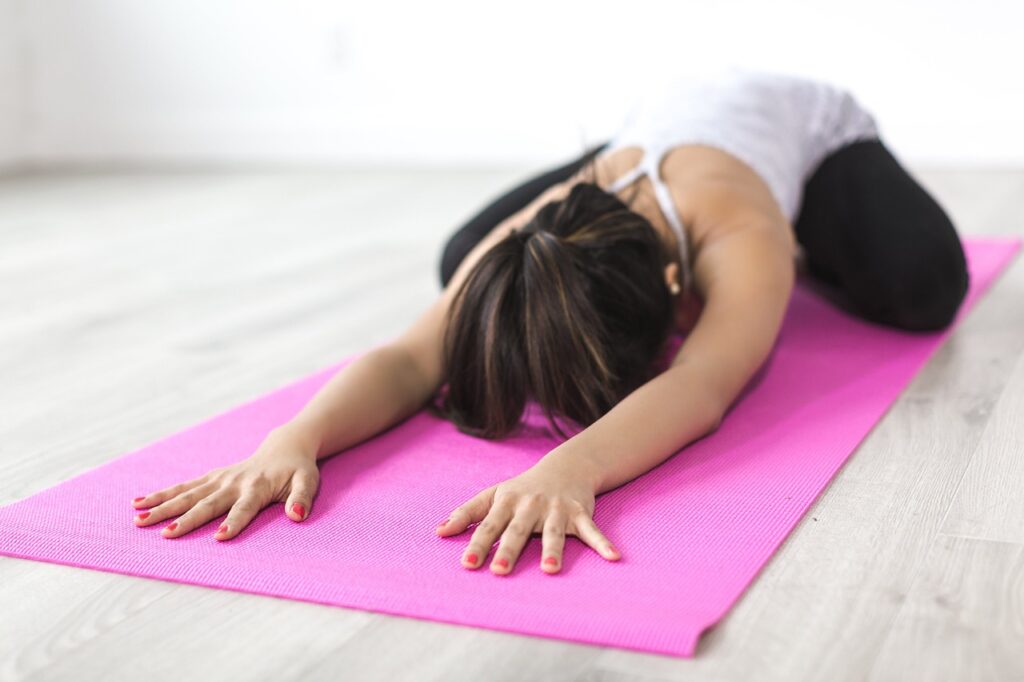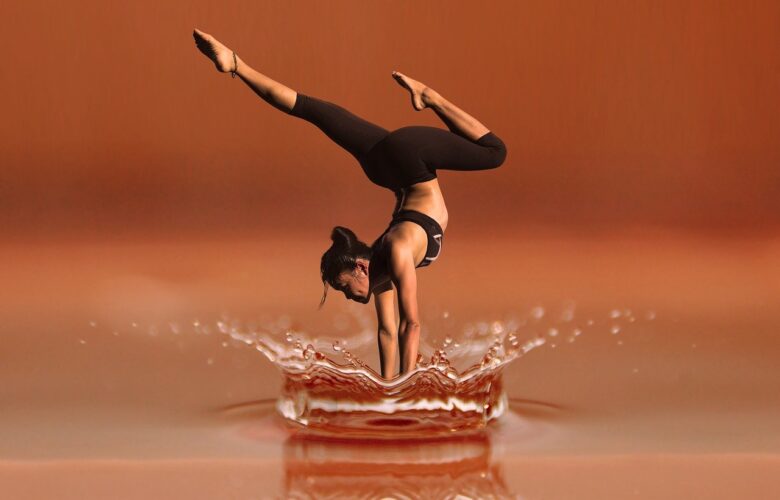The Beauty Of Dance: More Than Just Movement
Dance is a visual art form, a physical discipline, and a lifelong lifestyle for many. If all that wasn’t enough, it can make you healthy in your mind and body. Fully flourishing as an individual, or a dancer, requires the right diet and proper amounts of exercise. There’s more to it, though. To get an idea, think of the person climbing the mountain, or crossing an unknown sea.
There’s a point where the body gives up, but the will does not, and suddenly it develops that the body has untapped reservoirs of potential which have simply been waiting for you to initiate them. Dance is going to help you tap into such energy and physicality reservoirs with greater relative “ease” than many other disciplines.
The goal sought in dance primarily concerns moves effectively choreographed such that they either provide a counterpoint to the music of a performance or so multiple dancers appear to move as one across the presentation space. The thing is, there are always going to be little things that throw you off. If you’re in a troupe, you may get things perfect, but another doesn’t.
Ultimately, you are forced into pushing past previous boundaries toward new frontiers of physicality you may not even have realized you were capable of. This is a substantial health benefit, and only the tip of the iceberg when it comes to what dance can do for you. Following, additional benefits of dance will be explored in greater detail.
1. Physicality Tones The Body, Pushing Beyond Expectations
The body becomes more healthy through repeated rehearsal and performance. If you’re a professional ballet dancer, it’s not without the bounds of possibility that you might spend as many as forty hours in the studio a week. Five to ten hours is enough to keep most people in the prime of health.
Twelve hundred calories an hour is twenty a minute. In BUDs training, which Navy Seals go through, 7,000 to 8,000 calories are burned a day. That would be six hours and forty minutes straight, at 20 calories a minute. A ballet dancer spending 40 hours a week in the study might be rehearsing for six hours and forty minutes a day, six days a week. Even if your routines only burn 10 calories a minute, that’s still pretty darn substantial. There’s a reason ballerinas are pure muscle, and very healthy.
Think about it critically. Five to ten hours of physical activity is fifteen to thirty workouts that are twenty minutes in length. Doctors say you only need three or four of those a week, once you get your body into healthy homeostasis. Dancers find homeostasis, and then become physically prime.
All that being said, there is a consideration that often goes overlooked, here: wardrobe. Dancing is intense, and even if you’re not a mainstream ballerina, it’s not unlikely that you’ll spend north of five hours in the studio every week. That’s hard on rehearsal wear. Working with dance-wear providers such as this dance costume company can be essential.

2. Aesthetic Hones The Mind And Helps Facilitate Joy
It is said that a healthy heart is bolstered through generosity. Staying healthy is about more than eating right and exercising; what you do in an emotional sense, and the attitude behind that emotion, likewise plays a big part in overall outcomes. In terms of dance, you and a troupe—or you and a manager—are working from point “A” to performance “B”.
Along the way, you’ll have to think aesthetically, and truly “lose yourself” in the art form in which you’re involved. With music, dancing, comedy, theatrical performance, film, or other visual arts, there’s a sort of epiphany of beauty that comes when one is at the zenith of performance. In music, you’ll get goosebumps. In dance, you might feel the same.
Having such aesthetic experiences is essential for your health. Human beings weren’t meant to eat protein pills and exercise on a machine, then tread water at a factory, coming home to produce children, and then pass away. This is part of the human experience, not it’s whole; the primacy of life is consumed in beauty—though it be sometimes harsh.
Dance, music, creation, exploration, adventure—these activities give the body vitamin “J”: joy. If you have no joy in your life, then you’ve got a somewhat loveless existence leading to substance abuse and implosion. If you have joy, your health may persist even when it probably shouldn’t. Dance facilitates this via artistry. It’s not the only way, but it is a great way.

3. Teamwork Builds Community, Strengthening Against Negativity
Along with the aesthetic side of things, it turns out that humans are deeply social. Dance provides a strong “dose” of social interaction. If you’re involved in a troupe, all of you must work together in a sort of synchronized fashion. If you’re working singly, then there is likely a choreographer involved, and even if you choreograph everything yourself, there’s an audience to consider.
In all these scenarios, you will interact with people, and you will be seen. For the introverted dancer, being seen may be enough of a social dose to provide for mental health facilitation. The extroverted dancer may want to mingle after a show, or with her squad. Regardless of extroversion or introversion, dance fulfills social niches necessary to human health.
There’s something else that teamwork, community, and social interaction do for your health that many don’t consider. People are people, which means some are the best you’ve met, and some are the worst. Socializing puts you in scenarios where you must deal with some really difficult characters. It may not be fun, but it is good for you.
The healthiest, most physically active, driven person in the world can still be totally clueless when it comes to sociability. You’ve got to get out there and clash with personalities that differ from yours. It will be uncomfortable, and there will be mistakes; but like working out in the gym, or learning a hard new dance routine, this builds “muscles” which lead to increased psychological “health” down the line. Someone who can’t handle diverse personalities isn’t in a proper state of mental health.
4. Dance Helps Establish A Routine
Even if you’re just putting five hours a week in the studio, that’s about fifteen hours’ preparation. You’ve got to shower, check your schedule, drive there, drive back, ensure the studio is available or touch base with other performers, let your family and friends know where you’ll be, and the list goes on.
Altogether, these things establish a routine in your life. A healthy routine is good for you. You’ve got to allocate time, you’ve got to get your mind right, and you’ve got to both eat and sleep properly in order to be best be prepared. If you aren’t healthy in the routines you develop around your dance commitment, you won’t perform as well. Healthy routines are a must.
Become More Healthy Doing Something You Enjoy
Beyond social, mental, and physical factors enhanced through dance, there is freeing happiness that comes from throwing one’s body about in choreographed movements designed to be artistically evocative. It’s actually kind of fun! Lean into that fun, and be fully involved in whatever dance you encounter; it’s good for you in a comprehensive way.
When you can enjoy physical activity for multiple reasons, it increases the likelihood you’ll pursue it. Think about music. Have you ever played a song, and found that certain passionate sweet spot where regardless of what goes on around you, the music and yourself have become a single entity? Where you’re rocking back and forth, getting goosebumps, waiting for that crescendo, and ready to leap into a cognitive Fantasia of psychedelic imagery?
Well, dance can do the same thing. Many imagine themselves dancing, in fact, when such music comes on. In the studio, you can master your body, and bring those visions to life. The artistry and beauty will propel you to new heights, and as a result, you’ll begin to see new possibilities in both dance, and life, that would perhaps have been hidden otherwise.
Lastly, everybody can dance; not everybody can sing, or carry a tune. Now, not everyone can dance well, but that’s not the point. Especially in modern society, people tend to be closed-in. Just go to a community theater show and watch all the half-baked gestures. People don’t let themselves go in a good way; they don’t let loose. Dance makes you comfortable doing that, gently easing away mental blockages which otherwise inhibit you.
Featured Image by Gerd Altmann from Pixabay
